Understanding the 1000V Contactor
Selecting the appropriate 1000V contactor is crucial for the safety and efficiency of electrical systems. This component plays a vital role in power operations, acting as a switch for high-voltage circuits. It is designed to control electric motors, lighting, heating, capacitor banks, thermal evaporators, and other electrical loads that require high voltage and current handling capabilities.
Types and Applications
Contactors come in various types, each suited to specific applications. The AC contactor and DC contactor are differentiated by the nature of the current they are designed to control. While AC contactors are commonly used in power supply systems, DC contactors are often found in renewable energy applications and electric vehicle charging systems. Understanding the distinctions between these types is essential for ensuring compatibility with the intended application.
Features and Materials
The construction of a 1000V contactor involves robust materials capable of withstanding high voltages and currents. The contacts, usually made of silver alloy, are designed to resist wear and tear, while the coil responsible for actuation is optimized for minimal energy consumption. The choice of insulation material is also critical, as it must prevent arcing and withstand the thermal demands of operation.
Advantages of Proper Selection
A correctly chosen 1000V contactor ensures reliability and longevity in electrical systems. It minimizes the risk of contact welding and electrical failures, which are critical for safety and operational continuity. Additionally, the right contactor will align with the system's load requirements and voltage specifications, preventing damage due to overvoltage or undervoltage conditions.
Selection Considerations
When selecting a 1000V contactor, it is important to consider the load category, ensuring the contactor's rating matches the system's power requirements. The electrical supply voltage must also be verified to match the contactor's coil voltage rating. Furthermore, the mounting type and position should be compatible with the system design to avoid installation issues. It is also advisable to consider the contactor's temperature tolerance and response time to ensure it meets the operational demands of the application.
Complementary Components
In addition to the main switching function, a 1000V contactor may include auxiliary contacts for additional control or signaling functions. These can indicate the contactor's status or interlock with other devices for enhanced operational safety. The compatibility of mechanical and electrical accessories with the contactor type is also a key factor in the selection process.









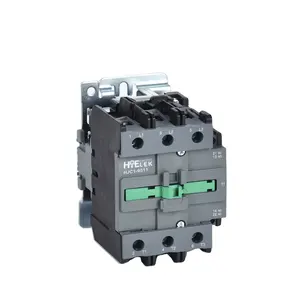


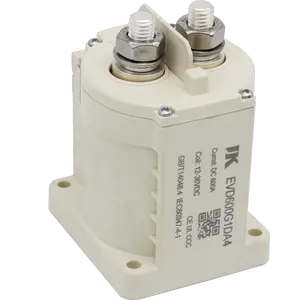




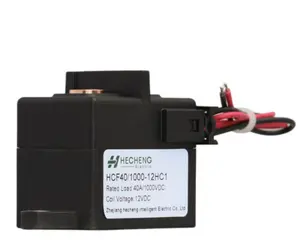
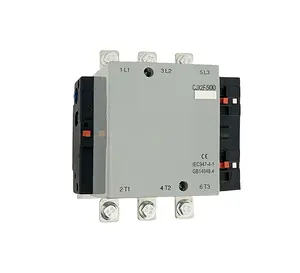






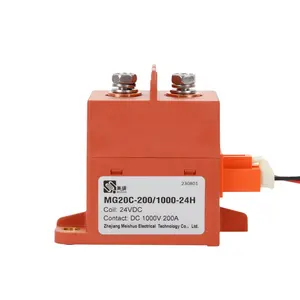

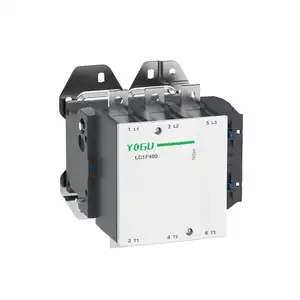



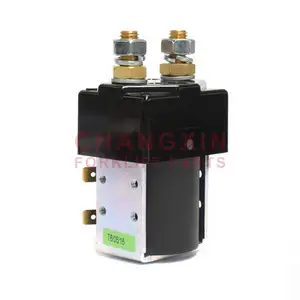
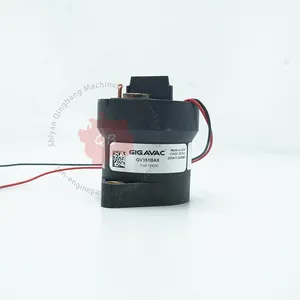
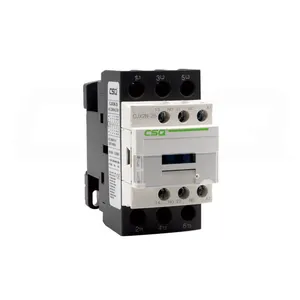
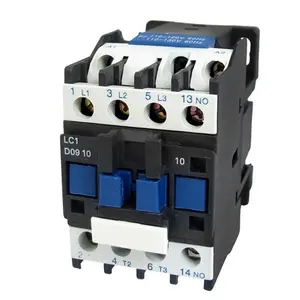

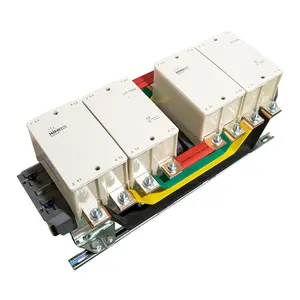

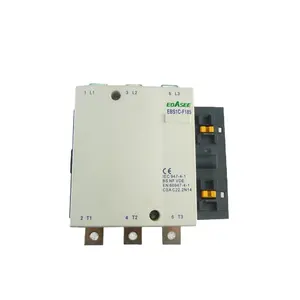

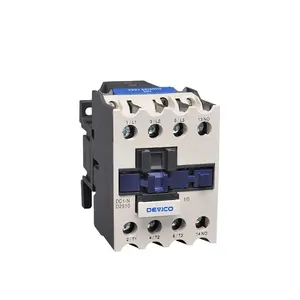

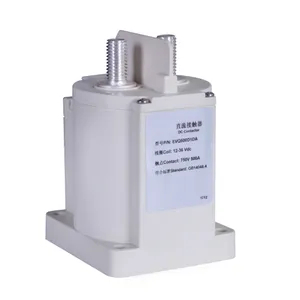
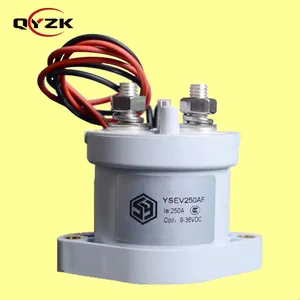
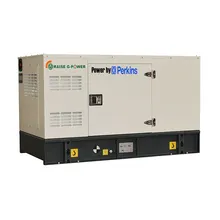
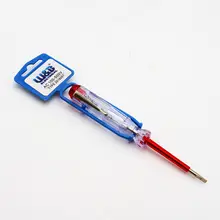

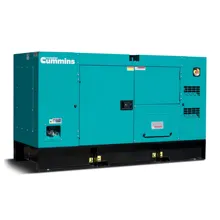
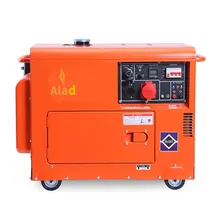























 浙公网安备 33010002000092号
浙公网安备 33010002000092号 浙B2-20120091-4
浙B2-20120091-4